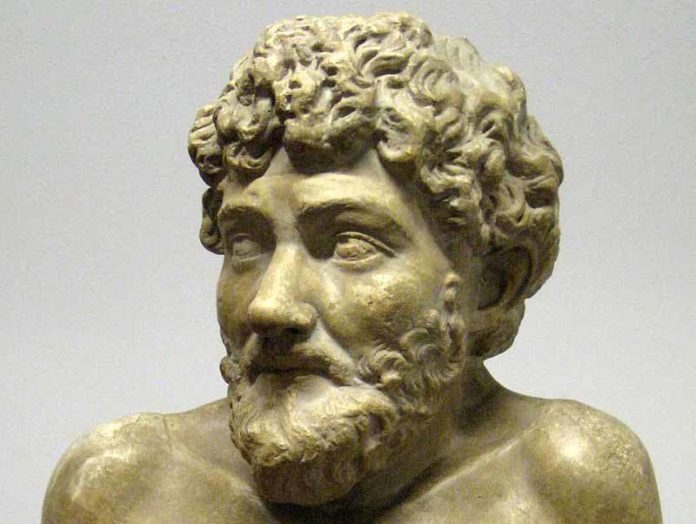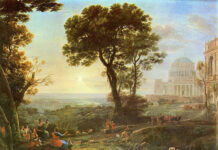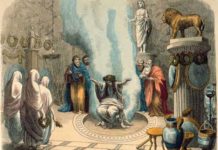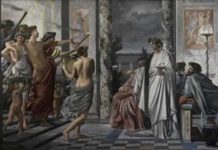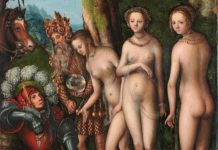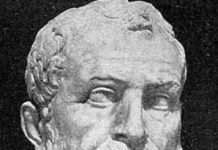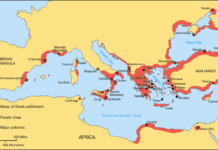Growing up as children, one can remember little stories such as “The Dog who lost His Bone”, “The Ants and the Grasshopper”, “The Lion and the Mouse” and “The Shepherd Boy and the Wolf” (better known as the Boy who Cried Wolf), and recall the life lessons that came with those stories. Don’t be greedy, don’t be lazy, be kind to others and others will be kind to you and don’t lie. Those are just a small number of the stories we grew up with as children to teach moral lessons. The hard thing to believe is that those tales were written over 2,500 years ago be a Greek sold into slavery whose name was Aesop. It’s been 2,500 years, but those stories that he told are as relevant today as they were then.
Teaching Morals in the Modern World With old Tales
Teaching morals is not a new requirement for youths. However they can be very difficult things to teach to children as the moment a parent or adult starts to lecture a child, that child is more liable to drift off and daydream than to pay attention. It remains that the easiest way to get these lessons through is to do it through stories, stories that can even have a place with their lessons in adult life. Aesop’s Fables have been doing that for thousands of years.
“The Dog who lost His Bone” is a perfect example of a story that holds a useful nugget for all ages. For those who need a memory jolt, the story involves a dog that was given a bone by his master. The dog goes off to eat it in privacy and ends up next to the stream. The dog looks into the stream and sees another dog holding a bone that looks juicier and bigger than the one he has, so he drops his bone to take the other bone. However, he loses his bone in the stream and he realizes too late that it is his reflection. The lesson from this story can be taken as to not covet what others have and try to take it, lest you lose what you already have. That is a lesson that everyone can take away and use in their life, and applies to everyone from those on the playground at school to corporate boardrooms.
Greek Mythology as a Moral Education
Greek mythology, Aesops’s Fables being only a small part of it, is filled with wonderful stories and tales that we are all entranced with. From the Iliad to Perseus to the Theogeny to Ovid’s Romanization of Greek myths in his Metamorphoses, they provide us with entertainment, a glimpse to the ancient world as well as moral instruction. Every story in Greek mythology serves a purpose, teaching some sort of valuable lesson. Much like the Jesus telling His parables, the ancient Greeks taught their lessons through stories. We derive many words and sayings from these stories, such as narcissim, Midas’ Touch and echo. These stories are as much a part of our world as they were 2,500 years ago.
Sometimes the best way to move forward is to look to the past. The ancient Greeks knew that people needed to learn how to live as good moral people, and they used a tried and true method of teaching those lessons. While the medium for telling these stories has changed from oral tellings from wandering story tellers to books to TV and movies, the basics and lessons haven’t changed. These stories have educated children for thousands of years and they will continue to do so.


